Bancha is something Japanese grab for a break to relax or drink over a meal. This “extra” Japanese green tea would be ideal for any casual setting.
Japanese Green Tea: 13 Types, Benefits, and When to Drink
What Is Bancha?
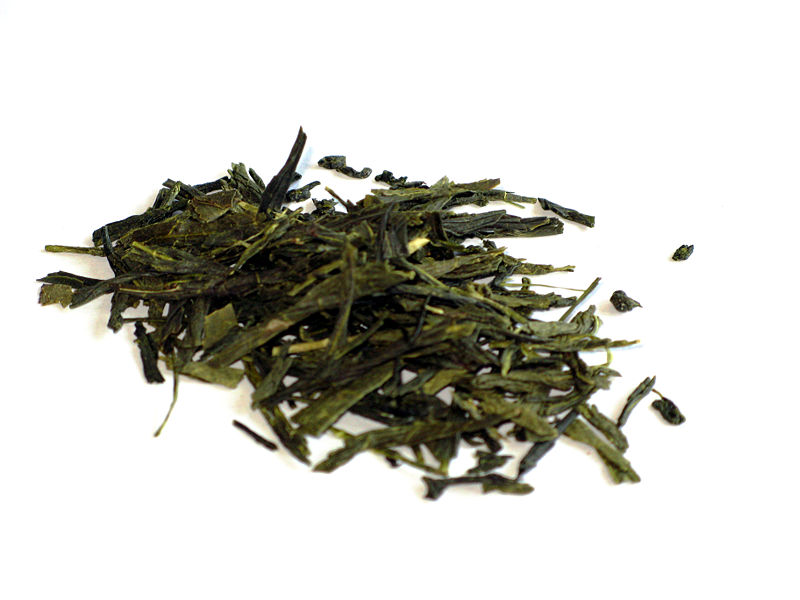
The tea leaves of Bancha consist of “extra” Japanese green tea that is firmer than other green teas since they are plucked later in the season (late summer to autumn). It is a casual Japanese green tea that you can drink every day. While other Japanese green teas require some tools or knowledge to serve a cup, you can make it without mess.
Ichibancha is a relatively
Akifuyu Bancha Plucked the overgrown tea leaves of the 3rd Flush, specifically called “Akifuyu Bancha” (Autumn and Winter Bancha). The harvest is pretty large compared to others.
Atama consists of sizeable flat tea leaves left out during the final production process of Sencha green tea.
Health Benefits of Bancha
The main components of
Tea Catechins
- Antioxidant effect
- Anticancer effect
- Antivirus effect
- Lowering blood cholesterol level
- Supressing rise in blood sugar level
- Antibacterial and bacteriocidal effect
- Prevention of tooth decay and bad breath
- Prevention of obesity
Polysaccharide
Lowering the Blood Pressure
It’s considered to lower the blood pressure thanks to polysaccharide. Polysaccharide is a combined carbohydrate
Specifically, in Akifuyu Bancha, there is a large amount of tea catechins that we can expect to reduce body fat. Even better, serving is easy; you pour hot water without fussing over the method or any proper way.
Various Bancha in Various Regions
There are many types of Bancha, depending on the regions.
Kyo Bancha
If you like the smoky flavor, this is the one for you. It should be the most famous one of all that produced in Kyoto. It’s the type of Bnacha that the larger tea leaves get to be dried without rubbing, and roasted. The smoky flavor is the signature of this tea.
Mimasaka Bancha
Produced in Okayama. The mild and sweet flavor is similar to that of Hojicha. Plucked with twigs attached, it gets simmered like boiling. Spread them on a straw mat and dry them under the Sun while pouring its soup over them.
Awa Bancha
This is one exceptional tea here. It’s half-fermented tea close to pu-erh tea. Excellent balance of astringency, mildness, and sweetness. Produced in Tokushima. Plucked with twigs, they are attached, boiled in a cooker, and put in a pot after rubbing. Dry them after they are fermented with lactic acid, take them out, and dry them under the sun.
How to Serve Bancha?
The goodness of it is that it has a warm and simple taste. And it’s the best warm beverage you can ask for in more than chilly weather. We suggest you try some Japanese sweets such as Karinto (deep-fat fried cookies made of buckwheat), Manju (a bun with sweet bean-filling), and Senbei (rice crackers).
Serving for three
- Hot water 400cc
- Tea pot
- Three cups
- Bancha 6g
- Teaspoon
1. Put three teaspoons of tea leaves in a pot.
2. Pour hot water into a pot. Ensure the water is hot, bringing out the best flavor in the tea.
A tip: Since we use hot water, you’d better prepare a more significant size cup that you can handle without getting your finger hot.
4. Pour the tea into three cups in a rotating manner to make sure the concentration of the tea is equal. We recommend you turn your wrist each time you pour to even the concentration of the tea in each cup. Additionally, turning it and stirring it well with water and tea leaves adds flavor. Always pour the tea to the last drop so that the next cup is tasteful.
Compared to Sencha green tea, Bancha has a lower amount of Umami flavor (theanine: amino acids), so using hot water best extracts the taste and flavor of catechins.
A tip: When you make a cup of tea and don’t plan to drink the second cup for a while, you can put the pot in a fridge to preserve its freshness.
Serving Akifuyu Bancha
The typical method for serving Akifuyu Bancha. This is the method to bring out polysaccharides the most. So, make sure you use cold water to prepare it instead of hot water if you expect to lower your blood pressure with this tea.
Put 30g of Bnacha in a pot or plastic bottle and pour 1 liter of water. Let it stand overnight, and voila! It’s done. The active ingredient “polysaccharide” should be extracted nicely. We recommend you drink all the tea you make at a time for sanitary reasons. You can warm it up when you drink it in the winter or whenever you want it to be warm, which is good for your stomach, too. Warming would not change any health benefits you can get from it.
This is for your reference on how to serve other Japanese green teas.
You should use relatively lower-temperature water and take time to make higher-quality Japanese green teas. On the contrary, when you make Genmaicha, Hojicha, and Bancha, they say you should use hot water and make it quick! Why the difference?
It’s to bring out the best in each tea with different ingredients. The primary two flavors of Japanese green tea are umami, the sweetness of amino acids (theanine), and the astringency of tea catechins. The Umami resolves well in lower water temperatures, and the astringency resolves well in higher water temperatures.
In the case of Bancha, making it with hot water in a short period is the best way to bring out the best of it that refreshes you. That said, you can experiment and find your own water temperature to make your tea. That’s one of the
Where to Buy Bancha?
IPPODO
They carry a variety of bancha that you can enjoy roasted aroma to refreshing flavor.
MaikoTea Japan
They offer you Kyobancha that is produced in Uji, Kyoto. It can well with any food items.
Japanese Green Tea Shops
You can enjoy its high-quality and tasty flavor for economical price!
Maruyama Tea Products Corporation
There is no shopping cart, however, you can inquire them about purchasing products. The quality is superb.
Hime Brand on Amazon
Perhaps, you might be familiar with Hime Brand that handles a variety of Japanese foods. You can order 4 packs of bancha (8 ounce-boxes) easily.
Have you found your favorite one? Let us hear how you drink them in the comment!


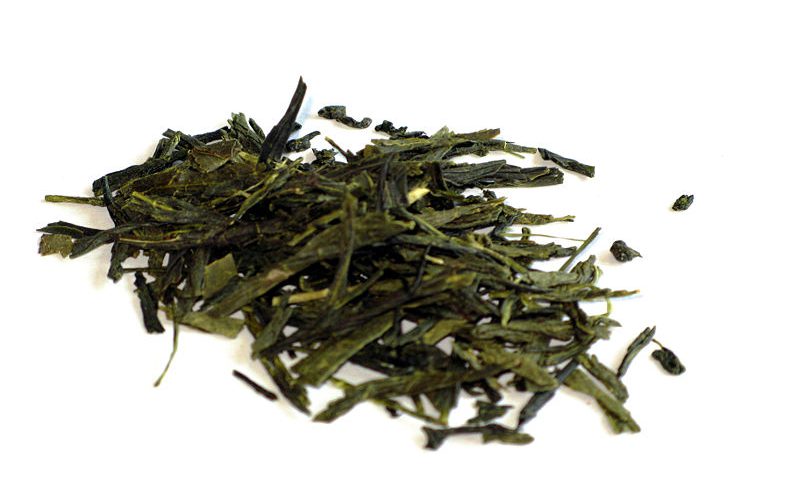
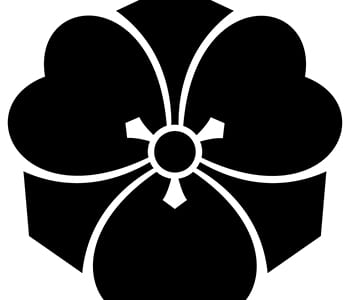
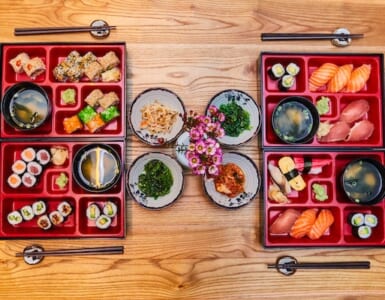
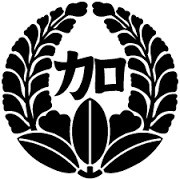


Add comment